The Capitoline museums
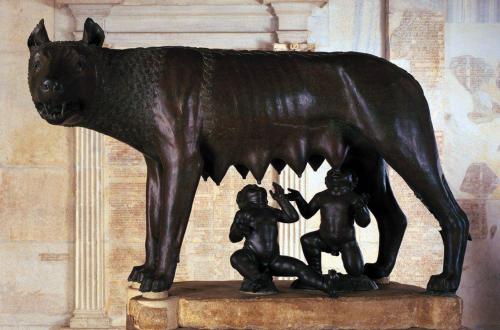
 Condividi
Condividi
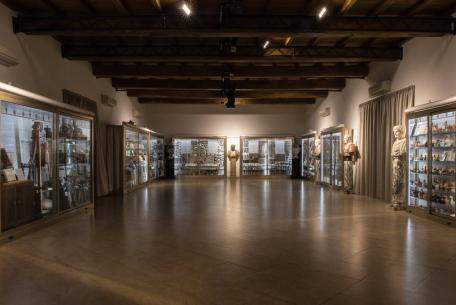
Ancient books, recipe collections and tools brought together by Rossano Boscolo, chef and founder of the Campus Étoile cooking academy, in over 40 years.
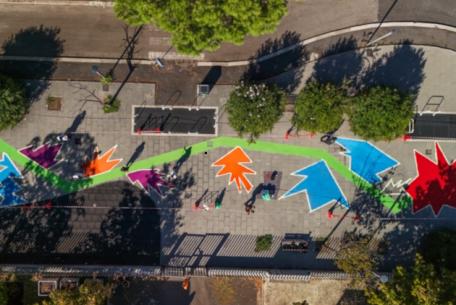
Funded by regional funds, the “Blu Art - i colori dell’aria” (Blu Art - the colors of the air)
[...]
As a collection of ancient sculptures, the first group was begun by Julius II (1503-13) but it was Clement XIII (1758-69) who had the Secular Museum created with the assistance of
[...]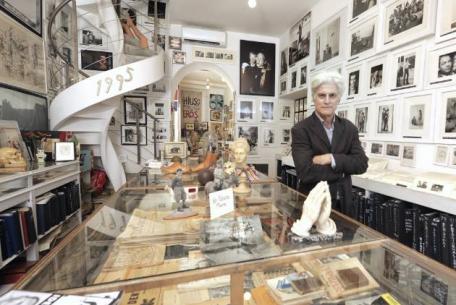
Located in via della Reginella, in the heart of the ancient Jewish Ghetto, this museum is a small jewel dedicated to the 20th-century culture, bor
[...]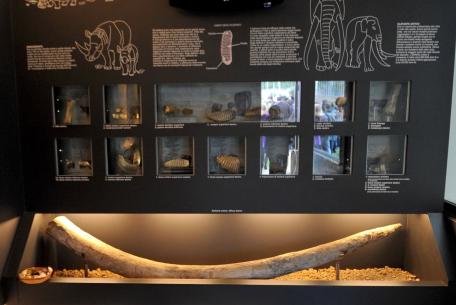
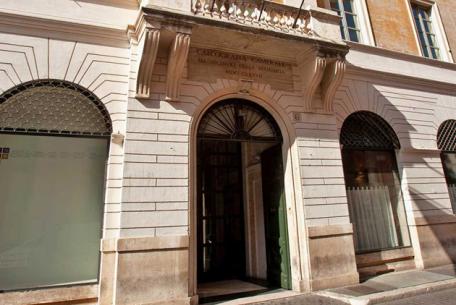
The Central Institute for Graphics is hosted inside the monumental complex of the Trevi Fountain and includes Palazzo Poli and the adjoining
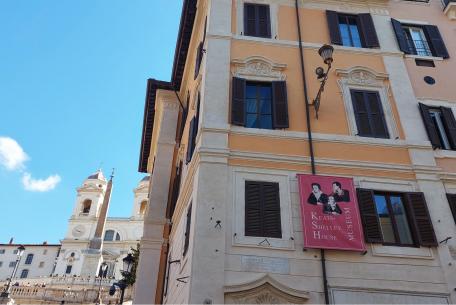
In one of the city’s most iconic and loved places, just besides the Spanish Steps, there is a Britis
[...]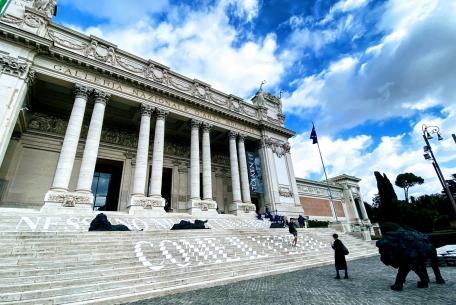
The Galleria Nazionale d'Arte Moderna e Contemporanea, opened in Rome in 1883, was transferred to Valle Giulia for the Universal Exhibition of 1911.

Funded by regional funds, the “Blu Art - i colori dell’aria” (Blu Art - the colors of the air)
[...]
A new hub dedicated to art and culture that aims to become a reference for Romans and tourists alike: this is the exhibition space born in the southern quadrant of the city, a shor
[...]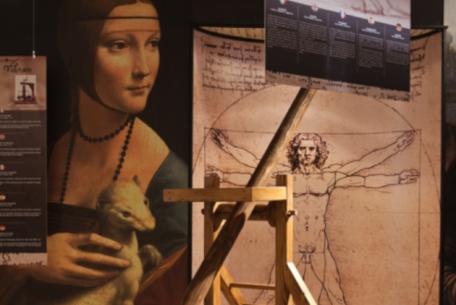
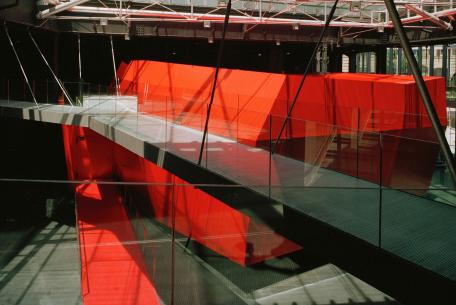
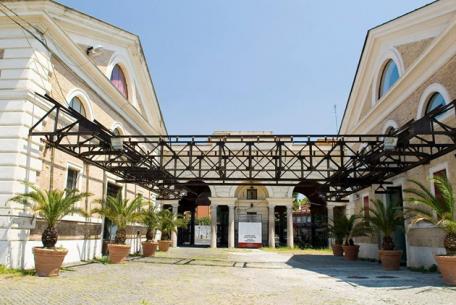
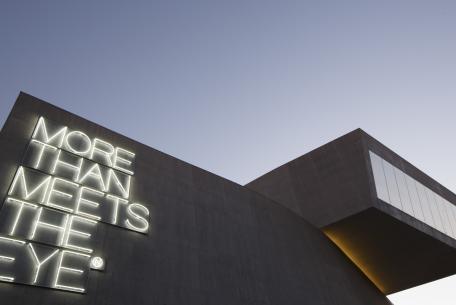
The idea of endowing Rome with a national museum dedicated to contemporary arts took shape in 1997 when the then Ministry of Cultural Heritage obtained fr
[...]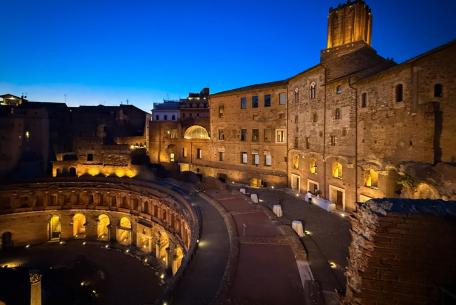
The Museum of the Imperial Fora, in the Trajan's Markets, is topographically and conceptually linked to the impressive urban system of the Imperial Fora: of Caesar
[...]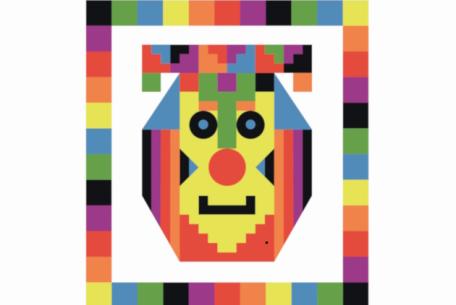
Funded by regional funds, the “Blu Art - i colori dell’aria” (Blu Art - the colors of the air)
[...]
The Leonardo da Vinci Machines Exhibition celebrates the universal genius of Leonardo da Vinci by presenting about fifty full scale machines: flying machines, like the precursor to the parachute, a
[...]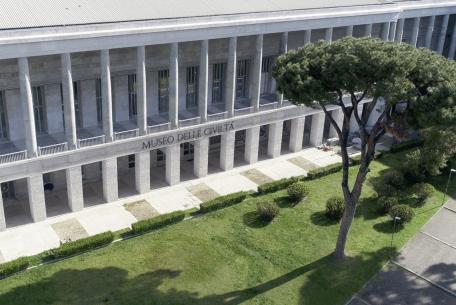
Over 2 million works of art and documents, from the early Stone Age to the present day, in a total space of about 50,000 square meters, including exhibition halls and storage rooms
[...]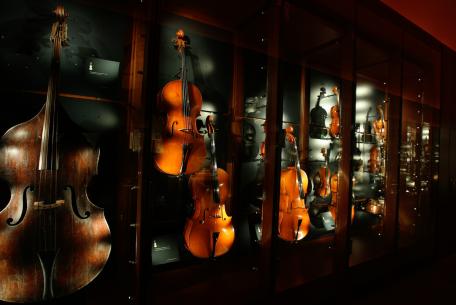
Inaugurated in 2008 in its new location at the Auditorium Parco della Musica
[...]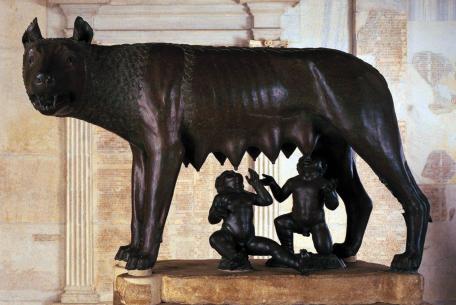
The birth of Musei Capitolini dates from 1471, when Pope Sisto IV gave the roman people a set of bronze statues, forming the first set of the collection kept in th
[...]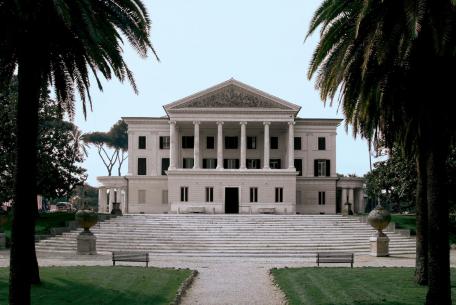
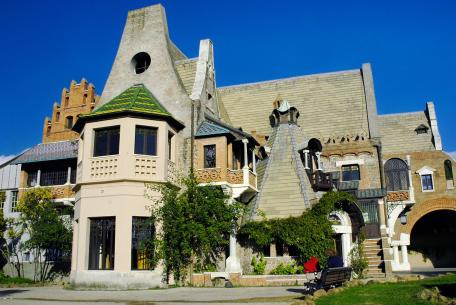
The Casina delle Civette (The House of the Owls) is the result of a series of transformations and additions carried out on the 19th century Swiss Hut, the prince's
[...]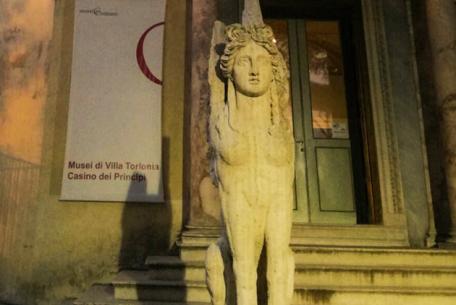
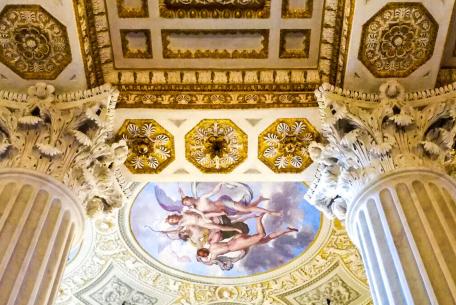

In 1832, Prince Alessandro Torlonia commissioned a series of embellishment works for the sumptuous family residence on Via Nomentana, entrusting the Venetian architect Gius
[...]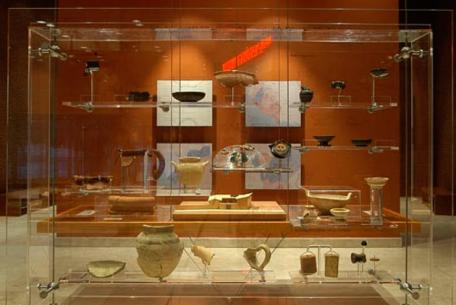
In the 90s, during the works for the construction of the Auditorium Parco della Musica
[...]
 Condividi
Condividi
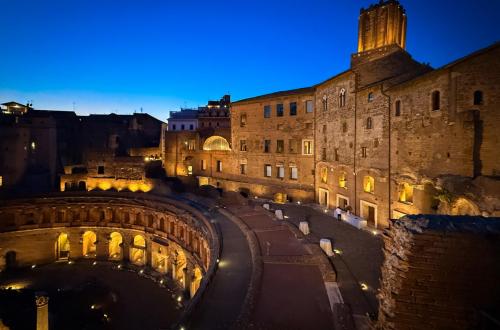
 Condividi
Condividi
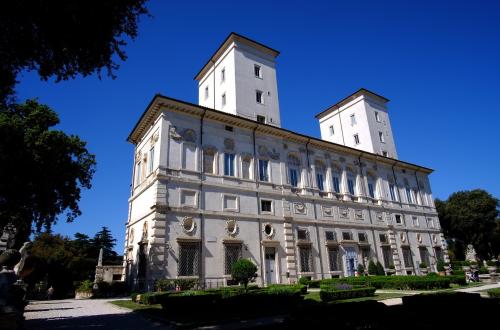
 Condividi
Condividi
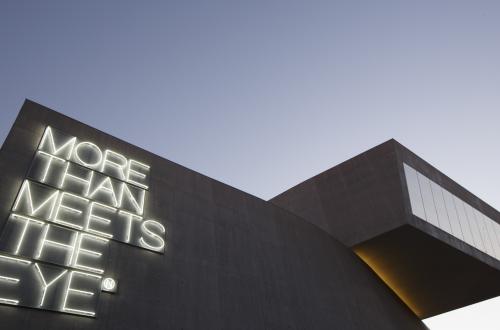
 Condividi
Condividi

 Condividi
Condividi
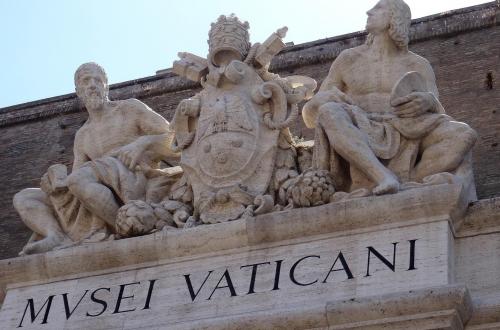
 Condividi
Condividi
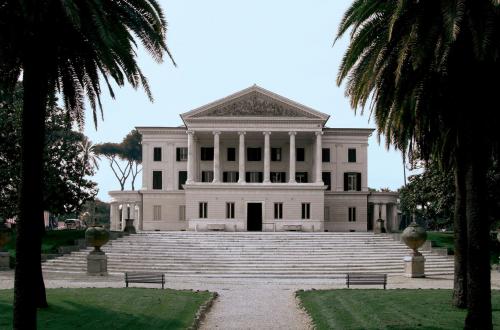
 Condividi
Condividi
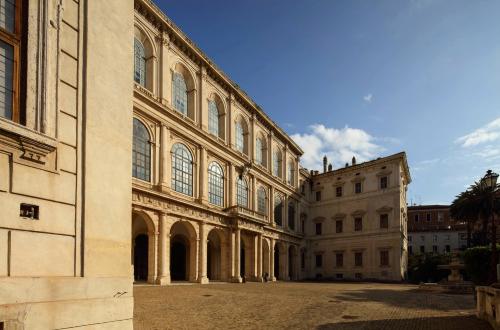
 Condividi
Condividi